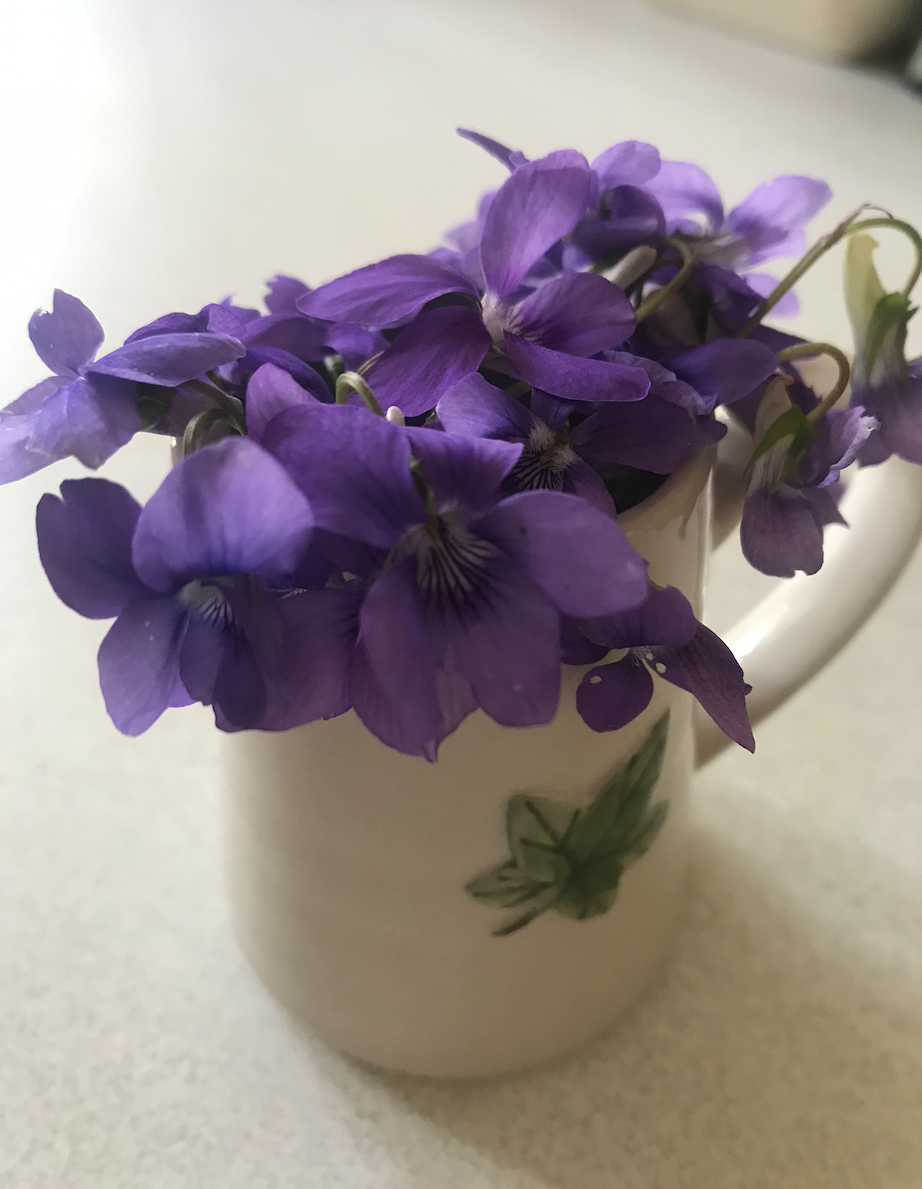Just like the child in Grandpa and the Kingfisher, I wish Dad were still here. I miss him. I also wish I could show him this book. He would be in awe of Sarah Massini’s beautiful interpretation of my words, and happy to know that he had inspired the story.
12th March was Dad’s birthday. He would have been 79 today. His birthday was the day before mine, so we used to ring one another and say, “Happy Birthday!” in unison. He used to tease me that I ruined his 26th birthday tea of sausages and mash because Mum went into labour with me while he was cooking – he panicked and rushed to her side, leaving the stove on, and his tea was left to burn!
He loved to tell this story – loved to tell stories, full stop. There was often an affectionate tease in them accompanied by a wink and a flash of mischief in his bright blue eyes. He loved to read stories too, a habit his mother had started in him very young, gifting him exquisite picture books which he kept pristine until his own children came along and scribbled in them with crayons…
At the end of Dad’s life I found one picture book which had mercilessly escaped my vandalism. It was what would now be called a “narrative non-fiction” book about the lifecycle of a kingfisher. Grandma had chosen it for Dad because his name was Martin and it was called Martin: the Kingfisher. I sat on the landing of my childhood home reading it and weeping, as it seemed to me that, in giving him this book, Grandma had predicted my dad’s life and his life-long happy marriage to Mum.
In the book, Martin the kingfisher works hard every day, fishing in the river. One day he meets his mate, Martine, and they build a life together. Martine, we are told, never leaves Martin’s side:
“She fidgets about, never very far away from him.”
As the story goes on, the birds stay together all the time.
“They are like twin arrows. They never leave one another. Never.[…] Winter comes, to be chased away by spring; the seasons succeed one another; time goes on. But Martin and Martine remain.”
Then one day, just as Dad did, Martin the kingfisher falls ill and Martine’s behaviour becomes very distressed, just as my mum’s did:
“Poor little Martine! She doesn’t know what to do. She perches beside him.”
Martin dies, and a few days later, so does Martine. The narrator buries them both in the same grave, just as my sister and I scattered our parents’ ashes in the same spot in the river. It is a sad ending of course, but there is hope in the arrival of the new chicks.
“I am happy,” the narrator tells us. “I realise that life goes on, goes on forever.”
These words from Dad’s old book found their way into the eulogy that my sister and I wrote for him. However, I found that I couldn’t leave things there, not least because my nephew and niece were very small when my dad died, and my sister and I found it difficult to talk to them about the loss of their lovely Grandpa Martin. So I decided to write my own kingfisher story, borrowing a little from Père Castor’s book, to help others talk to children about the circle of life in a hopeful and comforting way.
Dad died seven and a half years ago. Long enough, you’d think, for me to stop missing him. I said this once to a friend and they replied that the strength of your grief matches the strength of your love for the one you’ve lost. If that is the case, I’m going to have to accept that my grief for Dad is here to stay. Because love, like life – like Nature – goes on forever. I know my dad would agree with that.
“It’s just like Grandpa told me: Nature goes on like this. Nature goes on forever.”
With thanks to Sarah Massini for the images from Grandpa and the Kingfisher
























